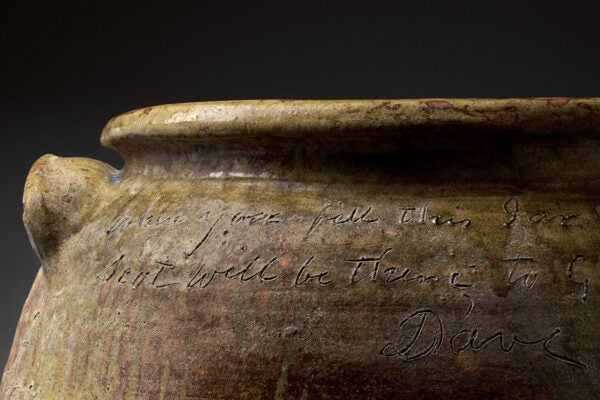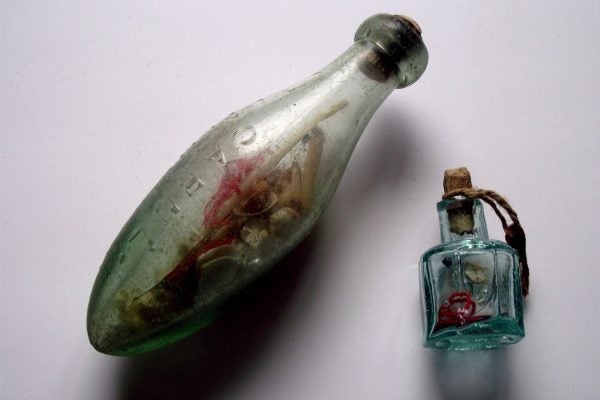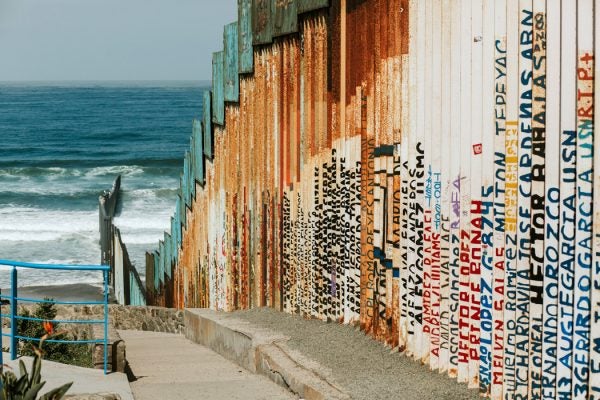Dave the Potter’s Mark on History
An enslaved African American in South Carolina did the unthinkable, writing his name on the walls of his vessels—and forever inscribing history.
Plant of the Month: Hibiscus
Nearly synonymous with the global tropics and subtropics, hibiscus symbolizes the Caribbean’s transnational past, present, and future.
Plant of the Month: Cork
Why is cork so strongly associated with bottle stoppers? The answer goes back centuries.
The Bitter Truth About Bitters
A bottle of bitters from about 1918 had significant amounts of alcohol and lead—and not a trace of the supposed active ingredient.
An Archeologist’s Guide to Beer Cans
Here's how to figure out how long it's been since someone left their empties around, only to be dug up later.
The Paintings That Tried (and Failed) to Codify Race
Casta paintings of the eighteenth century tried to show who was who in New Spain. But reality was much more complicated.
Is There a Witch Bottle in Your House?
In the 16th-18th centuries, vessels filled with nails, thorns, hair, and other materials, were used as a form of ritual protection against witches.
Witches’ Marks Protected Spaces from Evil
Throughout history, people tried to protect spaces from evil with apotropaic marks, ritual concealments, and other charms.
Border Walls are Symbols of Failure
From feudal fortresses to contemporary border barriers, walls have always offered more symbolic value than real protection.









